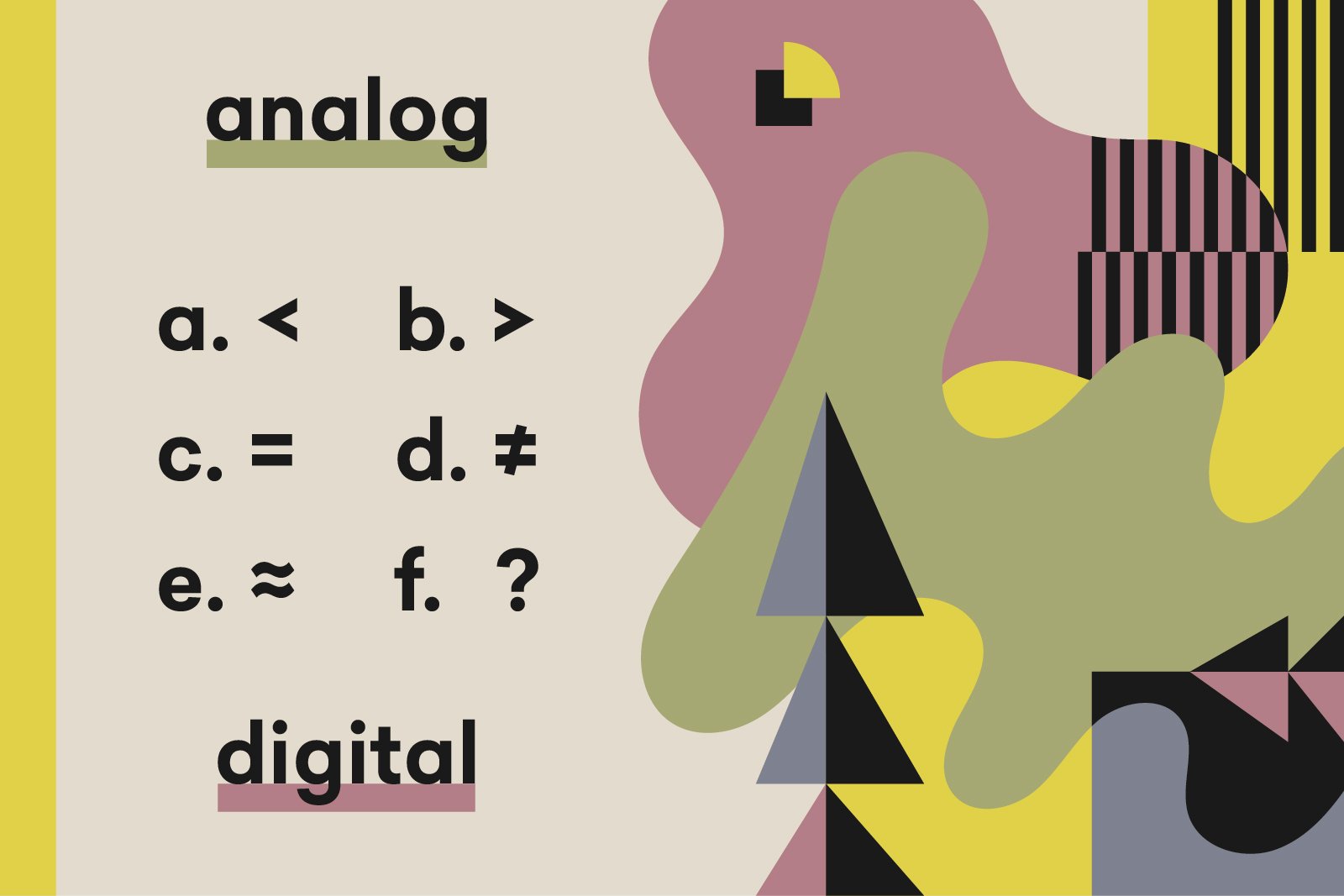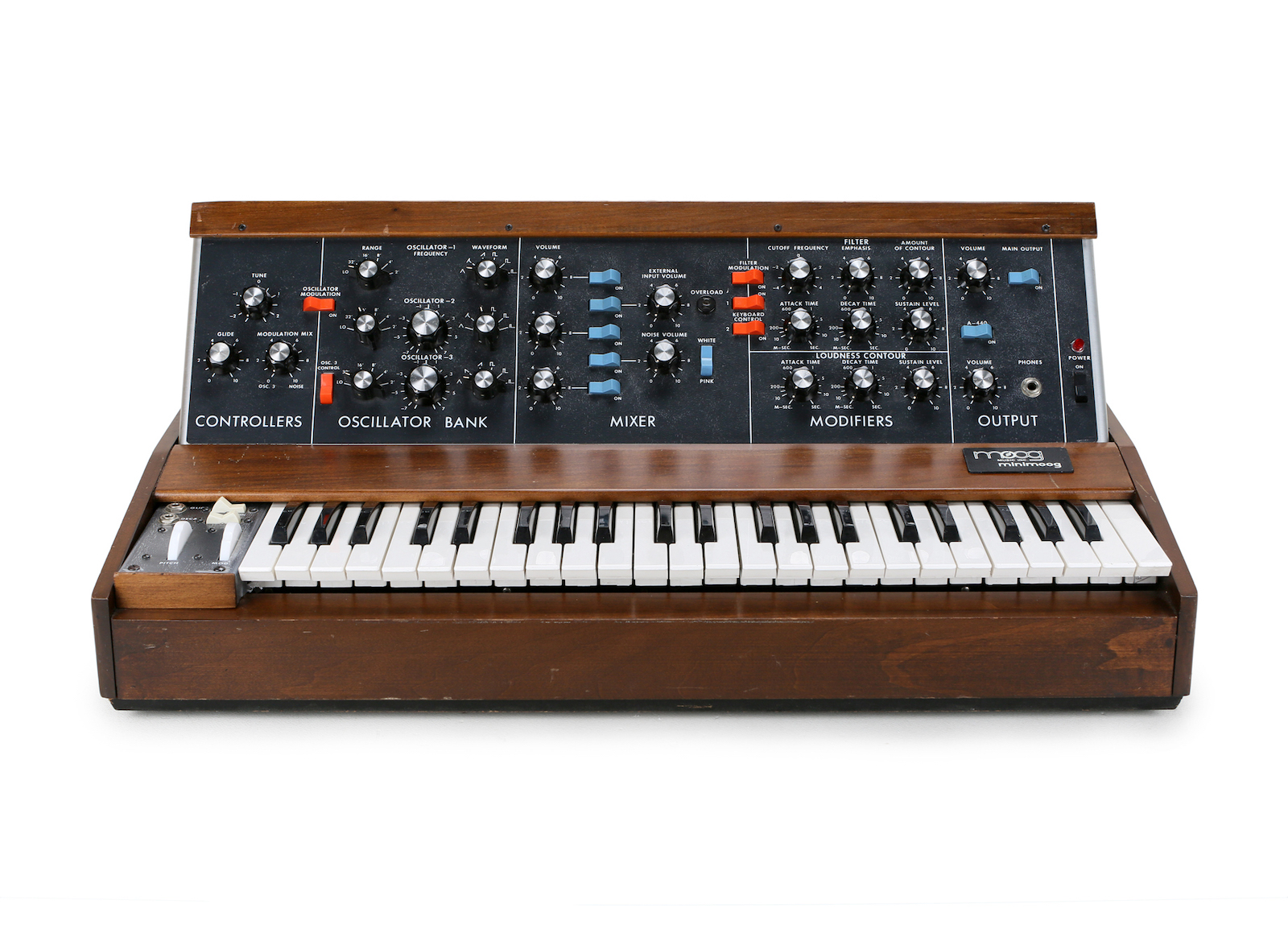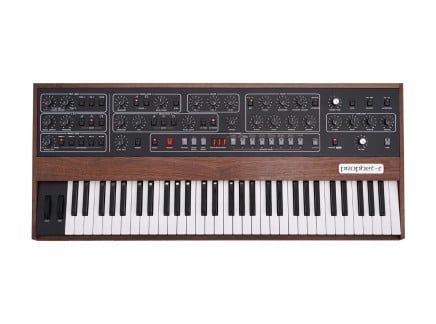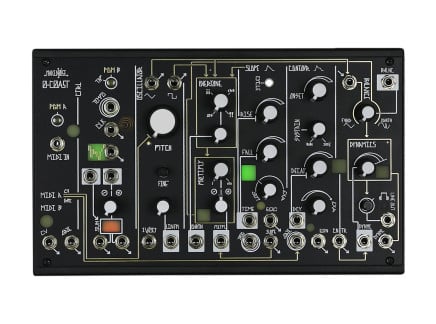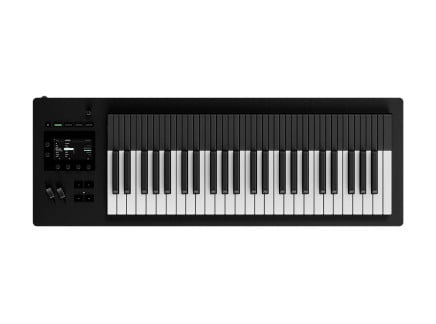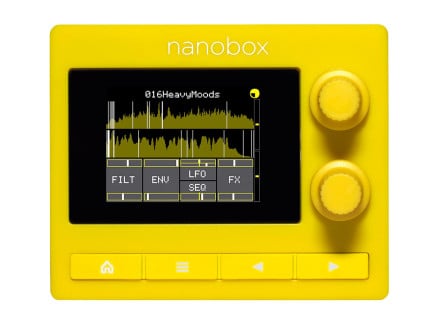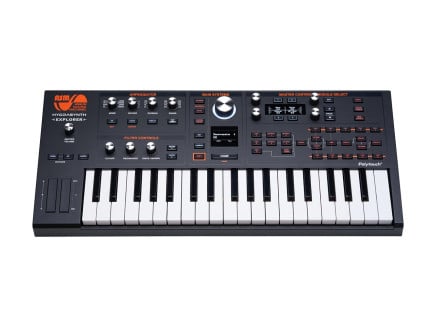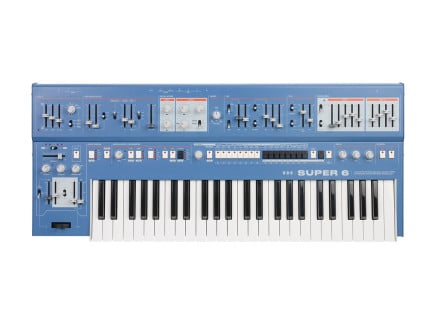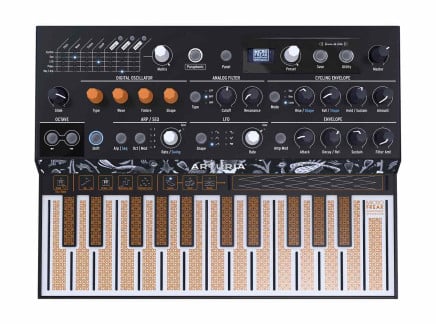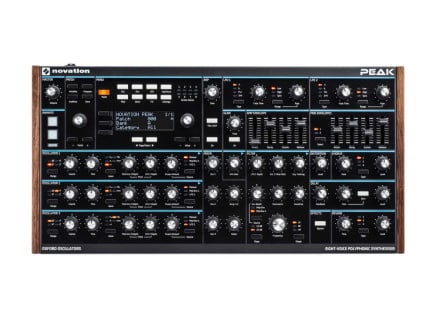The world of synthesizers is vast, and for an instrument that really only came to prominence within the last 50 years, has truly exploded into a wide and dynamic field—at least compared to other types of instruments. Being so tied to technology at the core of their operation, an age-old debate continues to crop up in various forums and places of discussion: are analog or digital synthesizers better? We don't think the answer is so simple, and there are a lot of things to consider when choosing a synth for yourself.
This article only serves as a light overview of analog and digital synthesis methods, and also poses some thoughts and considerations for anyone interested in getting a synthesizer for themselves. If you're looking for a slightly more thorough summary, check out our previous article covering the different types of synthesizers.
What is an Analog Synthesizer?
Analog synthesizers have a sort of mystical status about them, but what does it actually mean to be "analog?" In an analog synthesizer, audio and control signals are generated by real electronic circuits containing all kinds of electrical components like resistors, transistors, and operational amplifiers. Combining these components in certain ways both creates and shapes moving voltages, with variance in how these circuits are built attributing certain "sounds" to specific synthesizer makers. This is why, other features and functions aside, a Minimoog has its own sonic characteristics that differentiate it from a TB-303, Prophet-5, or CS-80.
The first commercially available analog synthesizers were sprawling modular systems by the likes of Moog, Buchla, ARP, and others. But the popularity of analog synthesis was, without a doubt, pioneered by the success of Moog's Minimoog Model D, originally released in 1970. By distilling the most essential modules into one package with a pre-defined signal path tied to a piano-style keyboard, the Model D set the standard for the overwhelming majority of synths that followed it.
Early analog keyboard synthesizers like the Minimoog were limited in one key area—they were monophonic, meaning you could only play one note at a time. By the mid-to-late 1970s, instruments like the ARP Odyssey and Octave Cat offered two-note duophony, but it wasn't until the release of Yamaha's CS-80 and the Sequential Circuits Prophet-5 that polyphony in an analog synthesizer was handled with elegance. The Prophet-5 was also the first synthesizer to contain a microcontroller to manage the storage and recall of presets—foreshadowing the capabilities of digital technology that would start appearing in synthesizers within the following decade.
But even so, by the 1980s polyphonic analog synthesizers were gargantuan instruments with a limited sound palette, and, as a result, were increasingly viewed as impractical for touring and fast-paced studio sessions. The sound of analog was becoming stale to the ears of many, and being able to call up a wide range of fresh and varied sounds was gaining appeal, soon signaling the end of the first analog era in the years to come.
What is a Digital Synthesizer?
Generally speaking, the technology used in synthesizers follows whatever tech is driving the market as a whole. With digital technology becoming more prevalent in the rest of the tech world by the 80s, it only made sense that synthesizers would follow suit. Rather than using circuitry, digital synthesizers generate audio from algorithms and code running on a microcontroller or internal processor. Not only did this mean that totally new sounds freed from the constraints of the physical world were now possible, but so many issues of practicality for things like polyphony and preset management are more easily solved.
Early digital synthesizers like the Fairlight CMI and Synclavier were groundbreaking, though their incredibly high cost effectively kept them exclusive to top artists and studios. But when Yamaha released the DX7 in 1983, the entire synthesizer market changed. The comparatively limited sound palette of analog synthesis was suddenly out of style, thanks to the versatility of the DX7's implementation of FM synthesis. And though it wasn't easy to program patches from scratch, the DX7's phenomenal presets that approximated the sounds of basses, electric pianos, bells, and more found instant appeal with studios and musicians in the spheres of popular music.
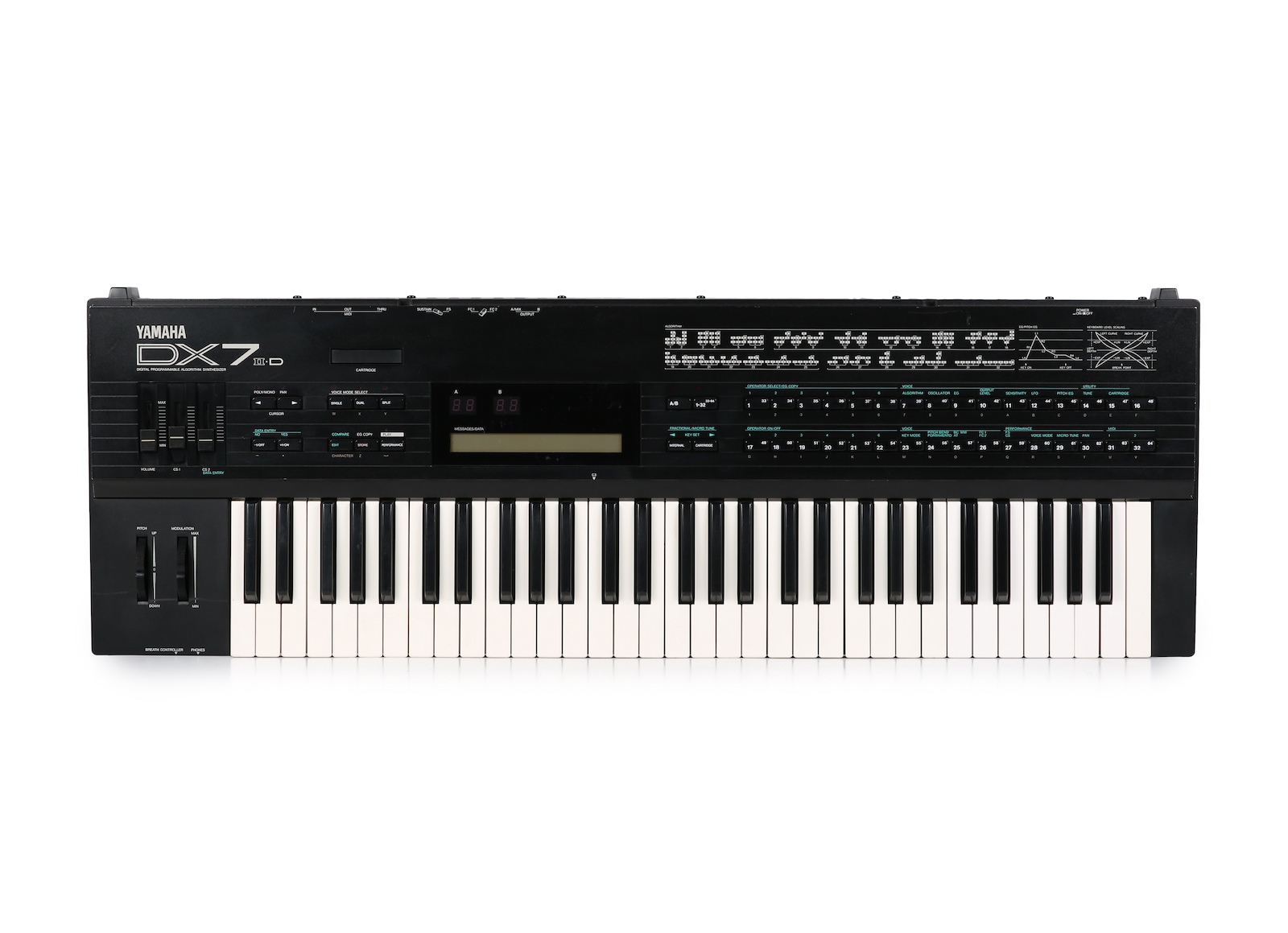
But FM isn't the only type of digital synthesizer out there—far from it, actually. Another method popularized in the 1980s is wavetable synthesis, where an oscillator's waveform is rendered from a pre-computed table of values. Contrasting with the limited ways that an analog circuit can generate waveforms, wavetable has a distinct upper hand when it comes to sonic versatility. Since this effectively means that any arbitrary waveform could be created, wavetable synths like the PPG Wave and Waldorf Microwave modeled their architecture after analog synthesizers, even going so far as to include analog filters! By establishing and extending the archetype of an analog synthesizer, wavetable synths are a popular choice for someone familiar with operating an analog instrument but looking for some additional sonic variety.
We should also mention the concept of virtual analog synthesis. As you might guess, VA is a digital method that, as you might guess, emulates the sound of an analog synth. While this might initially seem like a silly idea, there are actually plenty of valid reasons for doing this. For example, it's way more cost and space efficient to design a 64-voice polyphonic synthesizer with a virtual analog architecture rather than creating physical circuits. Virtual analog made its first appearance in 1990 as the basis of the Nord Lead, but has since appeared in a number of other popular synthesizers like the microKORG, Access Virus, and Modal Electronics COBALT8.
Believe it or not, there are still even more types of digital synthesizers out there. From sample-based drum machines and workstations to physical modeling and granular synthesizers, digital synthesis is a nearly boundless pool of sound possibilities to dive into.
Does Analog or Digital Really Matter?
Does it really matter whether you choose an analog or digital synthesizer in 2023? The analog versus digital debate is one that transcends not just synthesizers or the music industry, but technology as a whole. There are objective pros and cons to both, such as general pricing trends or feature sets, but, musically speaking, there's simply no definitive answer. Certain sounds or styles of music might resonate more with certain individuals than others, but that's part of the unique, individual human experience that we all have.
These days, the choice between analog and digital is not necessarily the most important thing to consider when choosing an instrument. There are many options for synthesizers these days, regardless of whether it is analog or digital. Besides, you're going to hear synthesizers of all kinds in music these days. If you're having difficulty making the choice for yourself, allow us to share some of our thoughts on the matter.

Keeping your musical goals in mind is key, as well as gaining familiarity with what different types of synthesizers sound like. If there are certain sounds or specific instruments that helped shape the styles of music that you're passionate about, that's always a great starting point for your research. And don't fret if you come across an iconic but unobtainable instrument—these synths are not only influential for the music they've made but there's also a good chance they inspired new, currently available designs.
For example, Roland's Juno-60 and Juno-106 have regained popularity over the last ten years thanks to their usage in pop and alternative music by artists such as Tame Impala and Mac DeMarco. While you could track down one of those instruments for yourself, there are plenty of modern alternatives to achieve the same or very similar sound: Roland's current JU-06A or Dreadbox's Nymphes are both options for a fraction of the cost of a vintage Juno. Coincidentally, the JU-06A is a digital recreation of the Juno line, while Nymphes is an analog synthesizer (with a digital reverb effect) with a signal path greatly inspired by the classic Junos.
But perhaps more importantly, what do you get out of playing a synthesizer? For some people, the feeling and experience of playing and hearing an analog synthesizer in front of you is a big part of the appeal. And if that's something that's important to you, then that's all that matters! For the same reason that tube amplifiers are still going strong in the guitar world, a lot of folks out there feel a bit of magic while playing an analog synth. Additionally, analog synthesizers are usually very immediately gratifying to play and can sound really good without much effort. This, combined with the fact that an analog synth can usually cut through a mix with no trouble, makes an analog synth among the first choices for performing keyboardists looking to include a synth alongside their piano or other keyboards.
For others, the deep dive into the sound design process is a rewarding journey, and this is typically an area where the breadth of digital synthesis techniques will shine. Even back in the 80s, Yamaha proved the effectiveness of emulating real-world instruments and sounds with FM synthesis, but these days you can conjure up an infinite number of sounds with most digital synthesizers—especially samplers and granular synths that rely on manipulating audio files. On a personal note, I often draw a lot of inspiration from the sounds of nature, as heard in one of our video demos for the ASM Hydrasynth Explorer. Simply put, the sky is the limit with digital synthesizers and inspiration can be found in unexpected places.
Hybrid Synthesizers and Setups: The Best of Both Worlds
Of course, there's another answer to the question of analog versus digital: why not both? Much as how a session guitarist might keep a Les Paul and a Stratocaster on hand for different purposes, keeping a curated collection of different synthesizers ensures that you'll always have options for any given musical task. If classical composers look towards different sections in their orchestra for various tonal colors or a rock band might track layers of acoustic and electric guitars performing the same part, then the same holds true for types of synthesizers.
Need an example? A-Ha's hit song "Take On Me" uses a variety of synthesizers in its instrumentation. The iconic melody was performed on a Juno-60 while the bass line utilized the DX7, proving that analog and digital can, in fact, live in harmony on the same piece of music. Obviously, this is just one example, but there are plenty of options available these days! Maybe you like analog monosynths for basses and leads but prefer samplers for percussive elements, or love classic analog drum machines paired with glassy digital pads. Regardless, part of the journey of learning about different types of synthesizers involves developing your own taste and preferences so that you can make the choices that bring your ideas to life.
For another spin on the hybrid idea, it's not uncommon to find single synthesizers that make use of both analog and digital techniques themselves! We mentioned above how the Prophet-5 uses digital technology to manage presets while the PPG Wave contains an analog filter, and hybrid instruments today continue to mix and match analog and digital in all kinds of ways. Korg's Minilogue XD offers two analog oscillators and one digital, Elektron's Analog Four contains analog oscillators, filters, and VCAs but uses digital LFOs and envelopes to shape its sounds, and plenty of other synthesizers contain digital effects processors to fill out their sound, regardless of if they're otherwise primarily analog or digital synthesizers.
Analog + Digital: Together in Harmony
If it's not clear by now, you'll have no trouble finding great synthesizers these days, both in the realm of classic analog techniques and cutting-edge digital methods. It's a deep world to explore, but one that we feel is endlessly inspiring. We sincerely hope this article has helped you gain your bearings as you begin this journey for yourself, but if you're still finding your way, get in touch with us and we'll be glad to start a conversation and serve as your guide through this wonderful world of sound and music.

